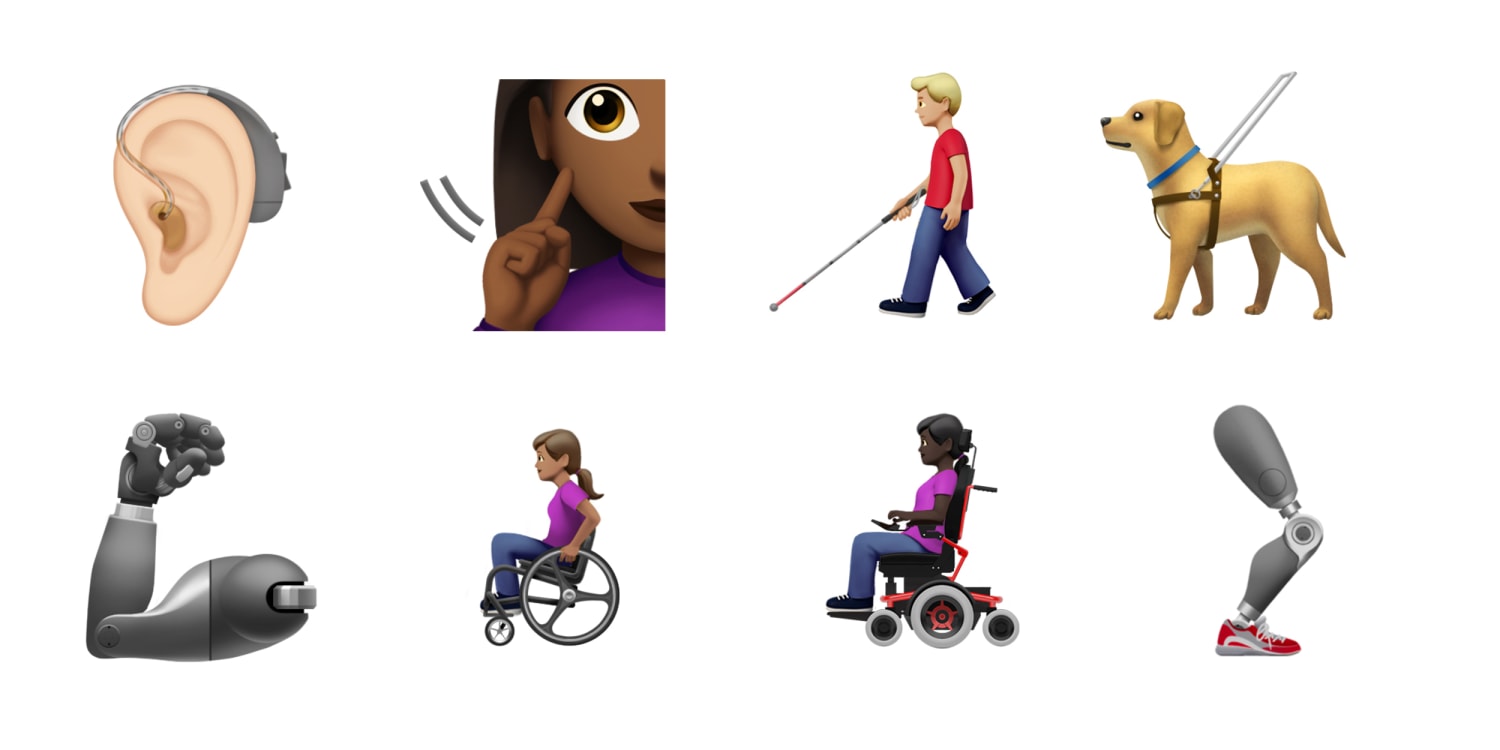
Now is a time when diversity, inclusion, and representation are being discussed openly and often in media and society. Increasingly conscientious consumers have more of a voice and platform than ever before, and they use these to communicate their desires, expectations and standards for what they want from brands and how they want to see brands communicating to the masses. These consumers want to see diverse, inclusive, and socially conscious marketing, and, of course, the brands that deliver are rewarded with consumer loyalty and dollars. A 2020 survey of 500 U.S. consumers found that:
- 64% of consumers are at least somewhat likely to make an immediate purchase after seeing a diverse ad from the brand.
- 67% of consumers are at least somewhat likely to make a second purchase from brands they believe are committed to diversity and inclusion.
- When given a choice between two brands carrying the same product, 34% of consumers would consider each brand’s commitment to diversity and inclusion when deciding which brand to purchase from.
A 2019 survey of over 2,000 U.S. consumers found that 61% believed diversity in marketing was important, and that 38% were more likely to trust brands that reflected diversity in their advertising. While brands are making strides in increasing representation of BIPOC (Black, Indigenous, and people of color) and LGBTQ+ communities, the diverse disability community remains underrepresented.
Before we explore the spending power of this community, it is important to touch on language and terminology. This blog post referenced the National Center on Disability and Journalism’s Disability Language Style Guide as well as articles by writers with disabilities for guidance on how best to refer to the disability community. It is acknowledged that the term “disability” is no longer universally accepted, but while alternative terms like “differently-abled” and “special needs” are well-meaning in their aim to destigmatize or neutralize negative connotation, some consider such terms condescending and offensive in their avoidance of addressing disability directly. These euphemisms have little substantive meaning as all people have different abilities and needs that could be deemed special. It should also be noted that while people-first language is popular (e.g. person with a disability or person with autism), there are some segments of the disability community that prefer identity-first language (e.g. disabled person or autistic person).
Disabilities can be developmental, emotional, physical, or psychiatric; visible and invisible.
- The CDC reports that 61 million (1 out of 4) adults in the United States live with a disability.
- According to the U.S. Census Bureau, people living with disabilities combine for $220 billion in discretionary spending power.
- The International Center for Corporate Responsibility reported the disability community’s spending power to be larger than that of the African American, Latinx, and LGBTQ+ markets combined. Of course, this community consists of members who also belong to the three aforementioned communities among others.
- In the UK, the spending power of the disability community is referred to as The Purple Pound and estimated at £249bn
- Globally, people with disabilities represent 15% of the population with disposable income exceeding $8 trillion.
Perhaps the complexities and nuances of the disability community intimidate brands from approaching. Perhaps it has more to do with the lack of knowledge and stigma that have long surrounded disability. Whatever the case, brands that neglect to extend their inclusion initiatives to this community are falling short of true diversity. Without disability inclusion, they are merely “diverse-ish”, as one campaign puts it. The DIVERSish campaign challenged the 500 most powerful business leaders to step up their disability inclusion both in their company hiring as well as in their marketing.
Accenture, Barclays, Bloomberg, EY, HSBC, Microsoft, Unilever and Virgin Media were among the first corporations to join this international initiative. Moreover, brands that miss the mark on disability inclusion not only miss out on the revenue to be gained from this community, but also from those associated.
- Companies that demonstrate disability confidence achieve 28% higher revenue than those that do not.
- Friends and family members of people with disabilities, as well as disability-friendly workplaces and venues, all have a vested interest in solutions that improve the quality of life, living and working conditions, entertainment, and experiences of the people they care about, employ, and serve.
- Brands looking to authentically engage need to go to the source. Support people who have disabilities and their communities. Consult with them. Ask them what they need. Hire them.
Here are some noteworthy examples of brands that have demonstrated disability inclusion in authentic and meaningful ways with insights from the community.
ASOS – Waterproof jumpsuit with adjustable sleeve length and ability to turn from two-piece into one for better insulation.
Microsoft – Xbox adaptive controller enables children and adults to participate fully in the gamer experience.
Procter & Gamble – Herbal Essences’ tactile bottle design for people with little or no vision. P&G consultant for inclusive design, Sam Latif, is blind.
Starbucks – Sign language store, open to all customers. Deaf employees wear aprons created by a deaf supplier that spells “Starbucks in American sign language. Employees without hearing impairment wear a pin that reads “I sign”. Digital notepads are available for customers to communicate with staff.
Tommy Hilfiger – Tommy Adaptive for children and adults adapts pieces from the current line to include magnetic buttons, Velcro, adjustable waists and hemlines.
Sources
National Center on Disability and Journalism – Disability Language Style Guide
CDC – Disability Impacts All of Us
10 Ways to Engage the Disability Market and Keep a Competitive Edge
BRANDS AND DISABILITY INCLUSION
How Top Brands Are Including Disabled Representation in Their Marketing Campaigns
What brands are doing to be more inclusive for people with disabilities
Here Are Some Dos And Don’ts Of Disability Language
University of Nebraska Omaha – Anti-Oppression Resources: Anti-Ableism

11 Responses to Different, Not Less: Why Brands Must Be Inclusive of People with Disabilities